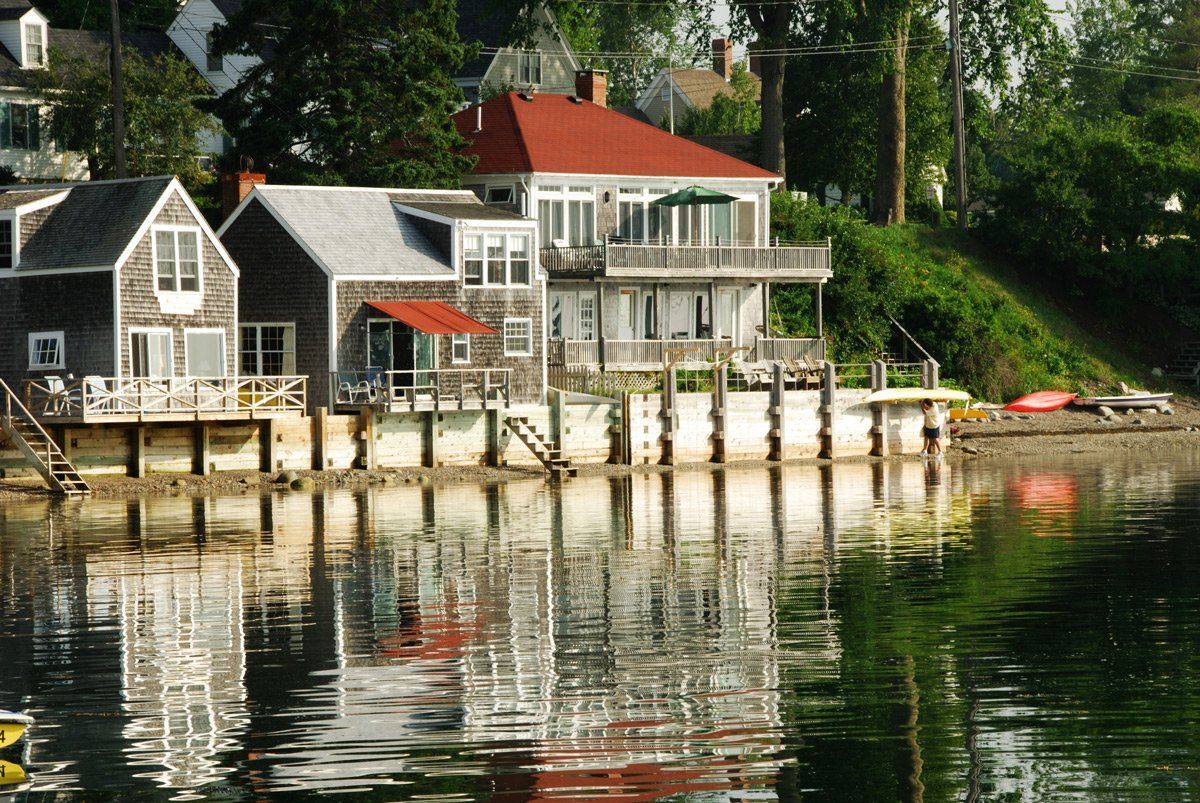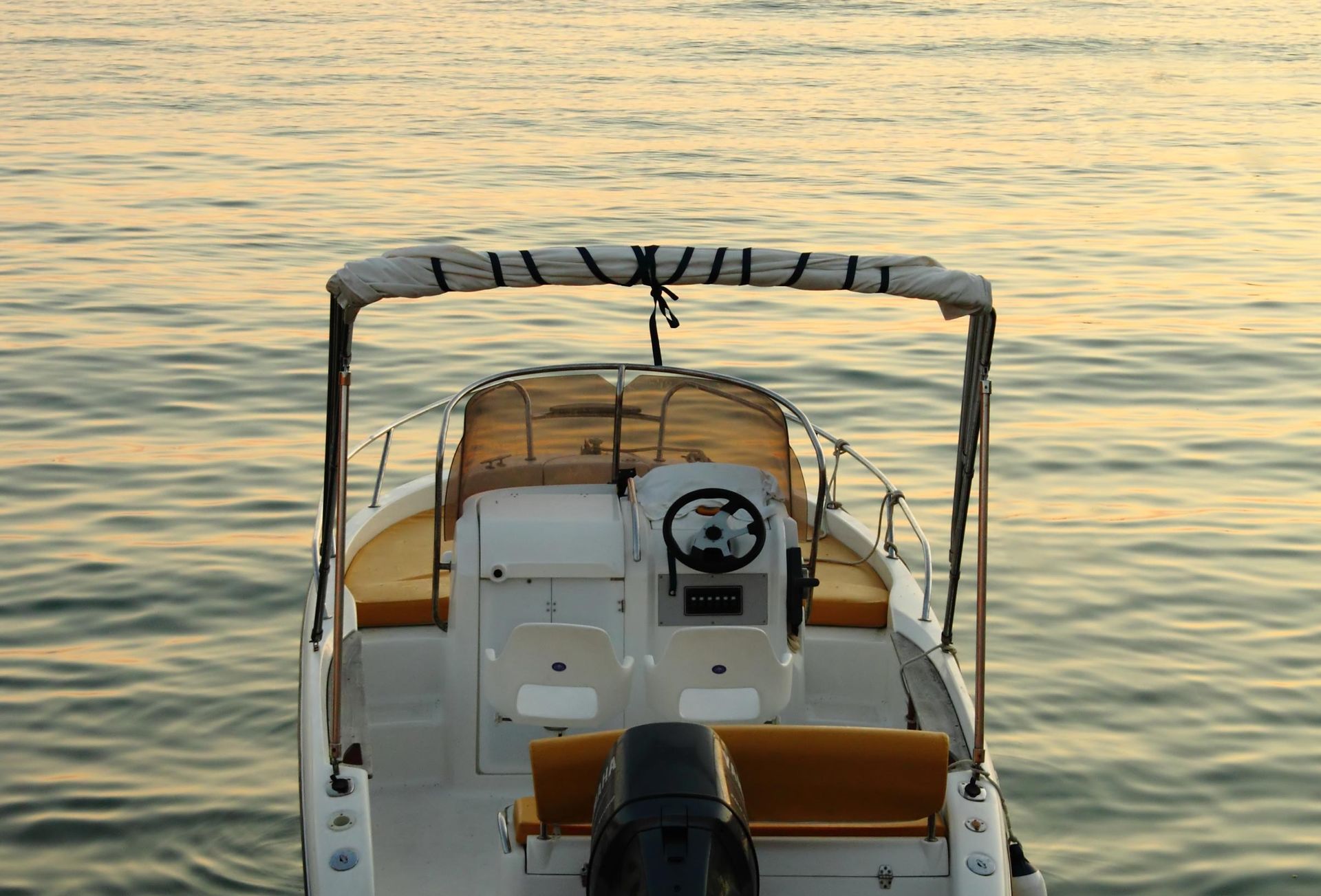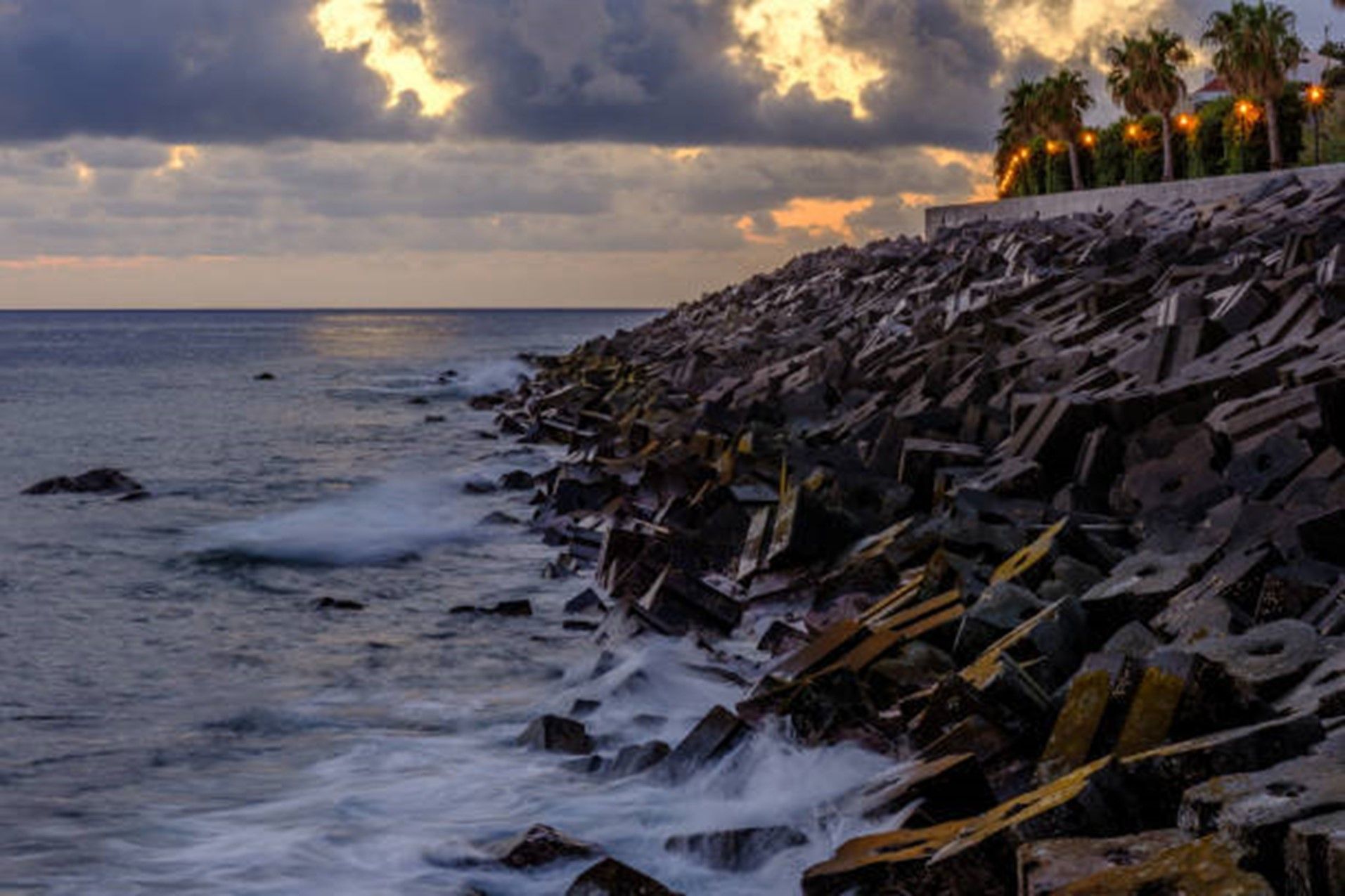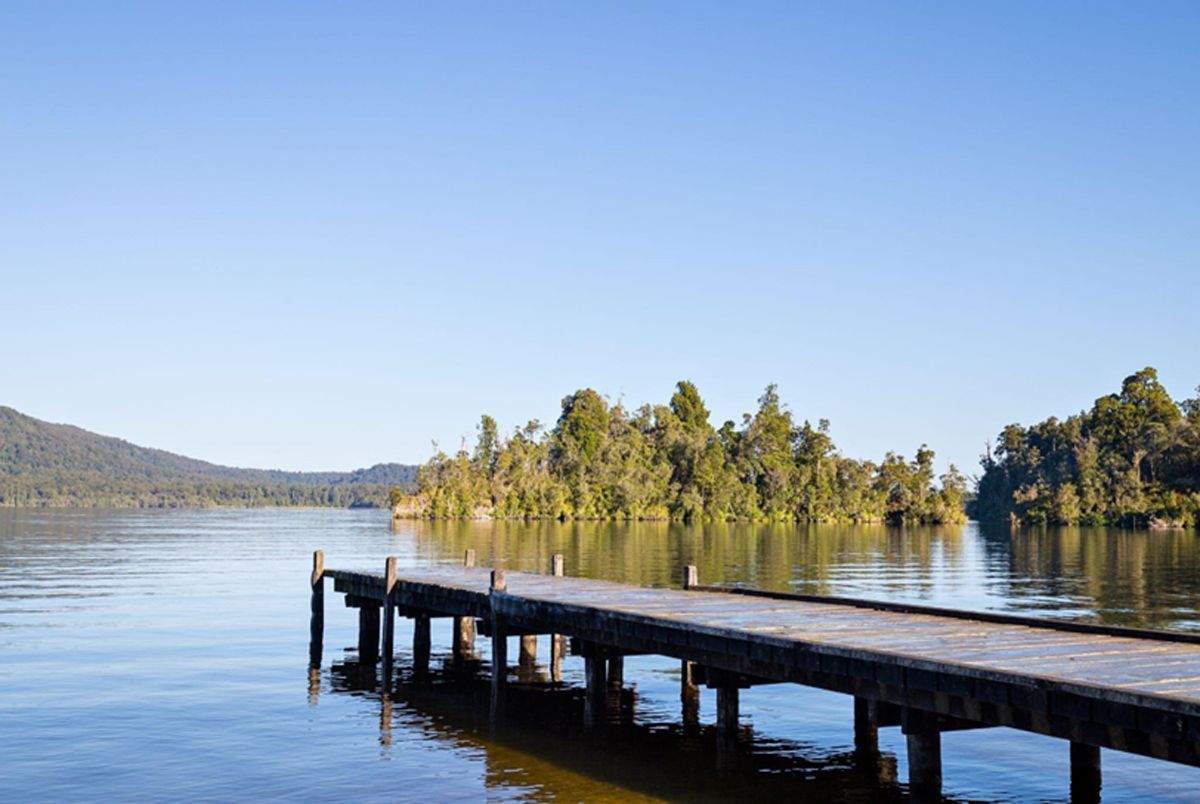A Quick Guide to the 3 Types of Seawalls

The ocean is enlivening, meditative, and enlightening, but it has a dirty secret: erosion. On any beach, powerful waves erode the coastline. Loose sand and even tough rock stand no chance against the constant driving water crashing against it. Over time, the coastline wears away, bringing with it any beachfront properties unlucky enough to be built too close.
To combat this erosion, you can install a seawall. Seawalls are physical barriers against ocean waves, and divert the energy coming onto the shore back into the sea. There are three main types of seawalls: vertical, curved, and mound. Between these three, you can protect any shore from water erosion.
1. Vertical Seawalls
Vertical seawalls are exactly what you think. These walls stick straight up into the air like a fence made of steel or concrete. These seawalls are easy to design, and easy to construct. They are a tried-and-true method to block any high-powered wave.
However, these seawalls take the full brunt of a wave. Since they are perpendicular to the water, a wave has no chance to slow down before hitting the wall. Because of this, these walls wear down quickly. Furthermore, they can be undercut as water finds its way under the wall.
Vertical seawalls are best where waters are calm, or the coastline is protected. That way, it can stand against the waves without needing repairs after just a couple years.
2. Curved Seawalls
Also called stepped seawalls, these structures redirect waves without causing as much disturbance as a vertical seawall.
Imagine a toy car. When you drag the car backwards, it winds up so that when you let it go, it gains a lot of speed. Let's say you take that car, and place on a track. This track of the slope downwards, and then has a loop-de-loop.
You already know what happens. The car careens down the slope and around the loop-de-loop. However, what would happen if we removed the second half of the loop? In that case, the car would go around until it ran out of track. It would end up flying backwards.
In this example, the car is an ocean wave. It moves quickly, and picks up speed the longer it stays in open water. The broken loop-de-loop is a curved seawall. As the wave crashes against the seawall, it moves up the side and back into the ocean.
Curved seawalls are a more natural way to divert energy, and produce less turbulence in the water around it.
3. Mound Seawalls
A mound seawall is exactly what it sounds like: a mound. Rock and concrete armor guard a sloped hill. This doesn't necessarily form a wall, but it slows down an ocean wave before it can hit the shore.
Mound seawalls are like a steep hill during a bike ride. Even as you pedal harder, you still slow down as gravity pulls you down. If the hill is steep enough, you have to get off your bike and walk. Though the hill wasn't a direct barrier, it slows your momentum so you move much slower at the top than at the bottom.
These seawalls are not for exposed or high energy shores. If exposed to too much velocity, these seawalls wear away faster than the previous two, leaving a ramp for the waves.
Seawalls are effective barrier against ocean waves. They slow erosion, and save beachfront properties from receding coastlines. Between the three types of seawall, you can find the perfect solution to maintain your coastal property.
At
Edgewater Marine Construction Inc., we offer premier service in marine construction. With over 30 years of experience, our contractors provide quality products at affordable prices. We know your coastal property is important to you, and provide a range of services including dock and seawall building, boat equipment and supplies, foundation contracting, and marine contracting.





